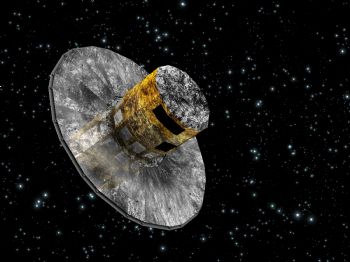
The University of Cambridge, in collaboration with the European Space Agency, last week unveiled the most detailed map of the Milky Way, charting the positions of more than 1 billion stars.
Speaking at a briefing in London on 14 September, Gerry Gilmore, the head of the Gaia space project, said that it has transformed what we know about our home galaxy. The map, based on observations from the ESA’s Gaia robotic spacecraft, still only represents about 1% of the Milky Way’s stars, but is already 20 times more complete than any previous observations of the night sky.
Scientists originally calculated that Gaia would see about 1 billion stars by the end of 2017. The Gaia spacecraft, which was launched in 2013, is fitted with a 1 billion pixel camera — the largest ever to have gone into space — complete with more than 100 electronic detectors.
Mr Gilmore said: “The precision of the measurements is equivalent to measuring the width of your fingernail, but as if you were in London and your finger was in Australia.”
Floor van Leeuwen, of the University of Cambridge (which manages Gaia’s data processing), said: “It looks very much like we underestimated the number of stars. We think we will see 2-2.5 billion stars. Every future space mission
to come will use this map.”
Alvaro Giménez, the ESA’s director of science, said: “This release gives us a first impression of the extraordinary data that await us and that will revolutionise our understanding of how stars are distributed and move across our galaxy.”